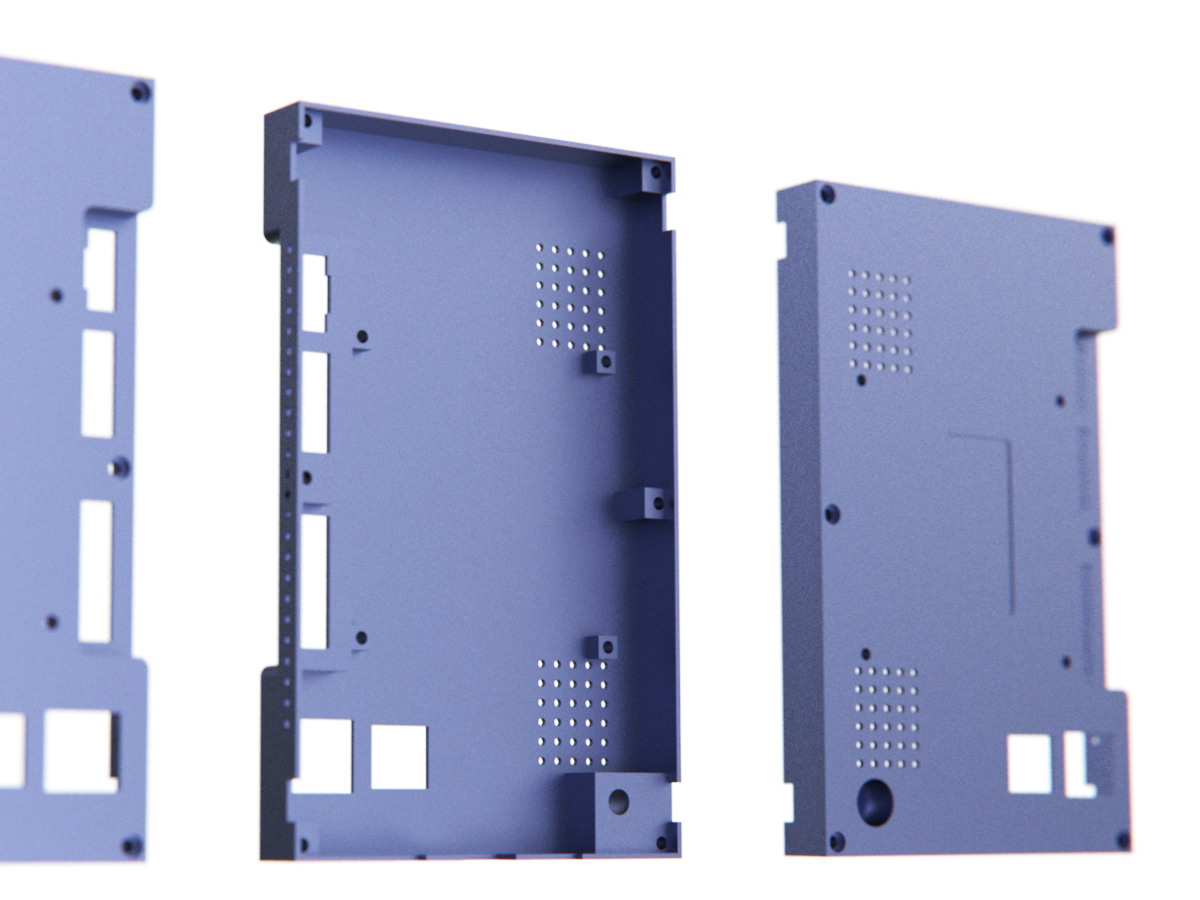金属外壳天线布局的最佳实践(天线外壳材料)
编辑:塑料外壳设计 日期:2024-07-17 14:06 / 人气:
Metal shell antenna layout is a crucial aspect of electronic device design, influencing its performance and reliability. By adhering to best practices in metal shell antenna layout, manufacturers can optimize signal reception and transmission while minimizing interference. In this comprehensive guide, we will delve into the key principles and strategies for designing effective metal shell antenna layouts.
Understanding Metal Shell Antenna Layout

Metal shell antenna layout involves strategically positioning antennas within the device's metallic enclosure to ensure optimal signal propagation. This process is crucial for wireless communication devices such as smartphones, tablets, and IoT devices. Effective layout design is essential for achieving reliable connectivity and maximizing antenna performance.
Metallic enclosures, while providing structural integrity and shielding against electromagnetic interference (EMI), can also attenuate wireless signals if not properly designed. Therefore, careful consideration must be given to the placement and orientation of antennas within the device's metal shell.
Principles of Effective Metal Shell Antenna Layout
To optimize metal shell antenna layout, several key principles should be followed:
1. Isolation: Antennas should be isolated from metal components that may interfere with signal transmission or reception. Physical barriers or insulating materials can be used to minimize interference.
2. Grounding: Proper grounding is essential for reducing noise and improving antenna efficiency. Ground planes should be strategically positioned to provide a stable reference point for antenna operation.
3. Spacing: Adequate spacing should be maintained between antennas to prevent mutual coupling and interference. The distance between antennas should be carefully calculated based on the operating frequency and antenna characteristics.
4. Orientation: Antennas should be oriented to align with the desired signal direction for optimal performance. The orientation may vary depending on the device's usage scenario and antenna type.
5. Tuning: Antennas should be tuned to resonate at the desired operating frequency, maximizing signal strength and bandwidth. Tuning can be achieved through adjustments to antenna dimensions and matching networks.
6. Testing: Rigorous testing and validation are essential to ensure the effectiveness of the metal shell antenna layout. Prototype devices should undergo comprehensive testing in real-world environments to assess performance under various conditions.
Optimizing Metal Shell Antenna Layout
Effective metal shell antenna layout requires a multidisciplinary approach, involving collaboration between RF engineers, mechanical designers, and PCB layout specialists. By integrating antenna design considerations early in the product development process, manufacturers can mitigate potential challenges and optimize performance.
Furthermore, advancements in simulation tools and antenna measurement techniques enable engineers to evaluate different layout configurations and iterate rapidly to achieve the desired performance goals.
In conclusion, metal shell antenna layout is a critical aspect of electronic device design, impacting both performance and user experience. By following best practices and leveraging advanced design tools, manufacturers can ensure optimal signal reception and transmission in wireless communication devices.
This guide provides a comprehensive overview of the principles and strategies for designing effective metal shell antenna layouts, empowering manufacturers to deliver high-performance devices that meet the demands of today's connected world.
--------------------------------------------------------------------------------《产品外壳设计案例请点击》
以上行业经验是由深圳捷百瑞科技有限公司资深工业ID设计师分享,这是一家专注于整合设计的机构,涵盖产品策略与研究、工业创新设计、结构设计、工艺设计、品牌设计、用户体验设计、生产供应整合等业务,旨在为不同行业的客户提供多样化的设计解决方案。(文章来自https://www.jbairui.cn 欢迎咨询!


